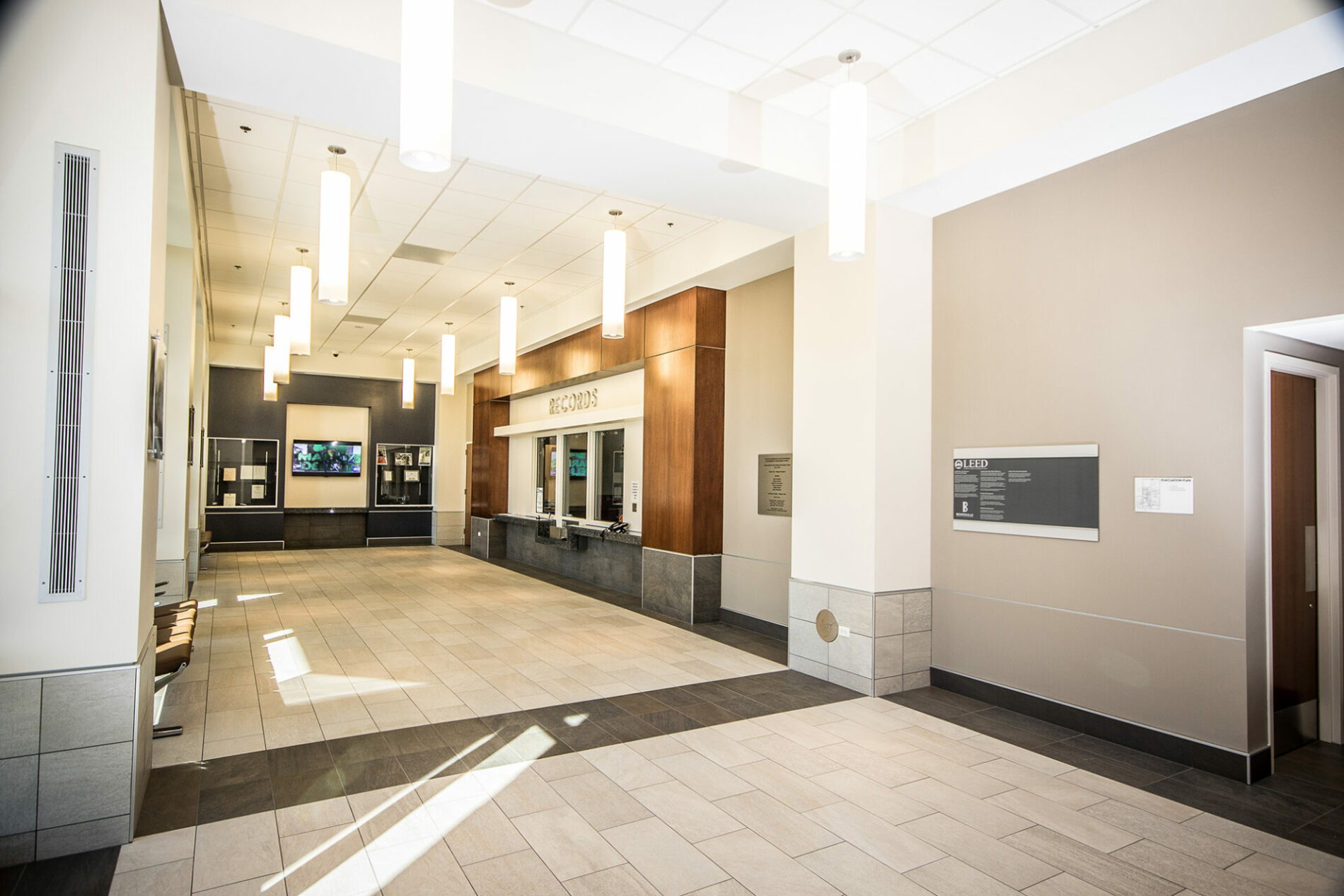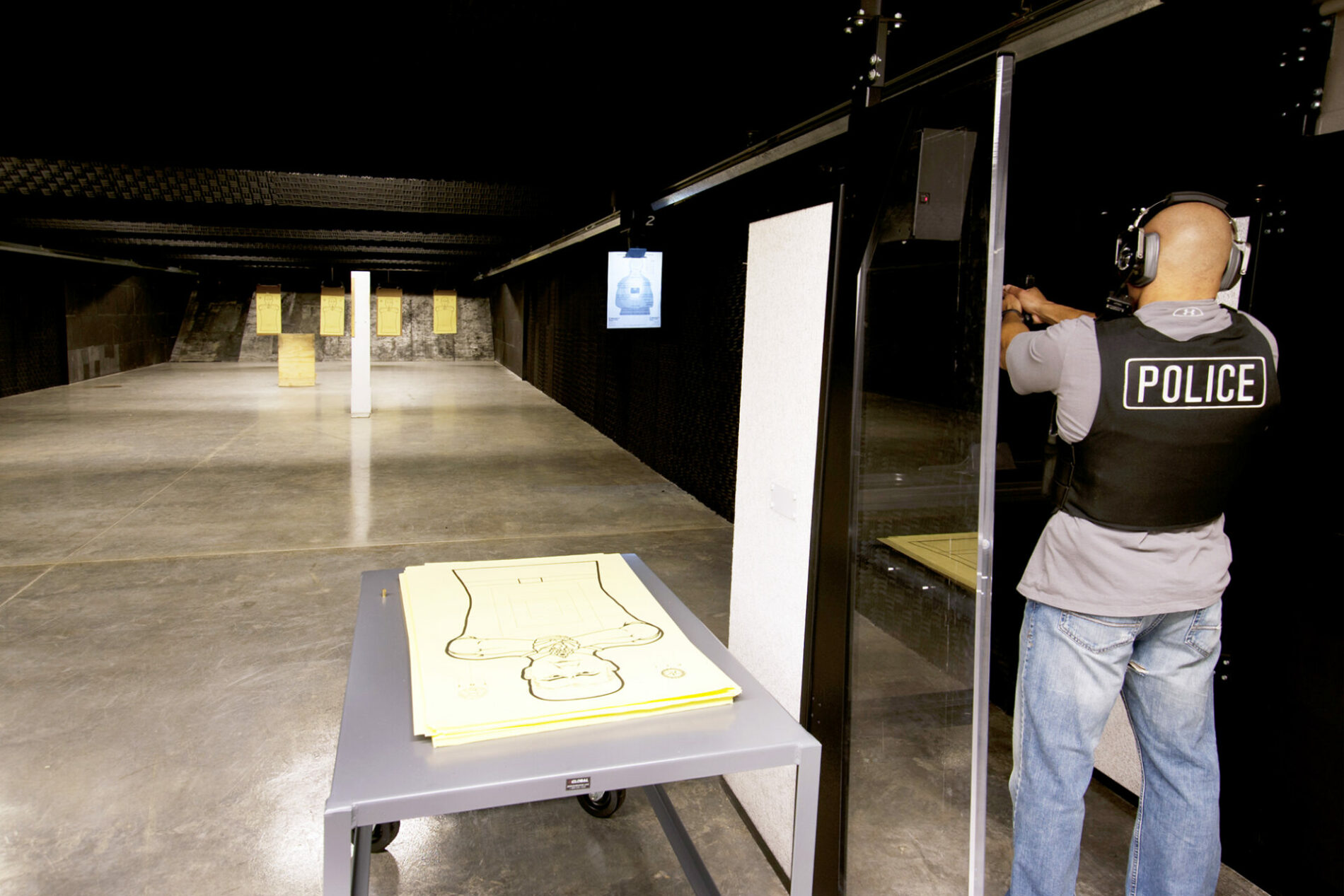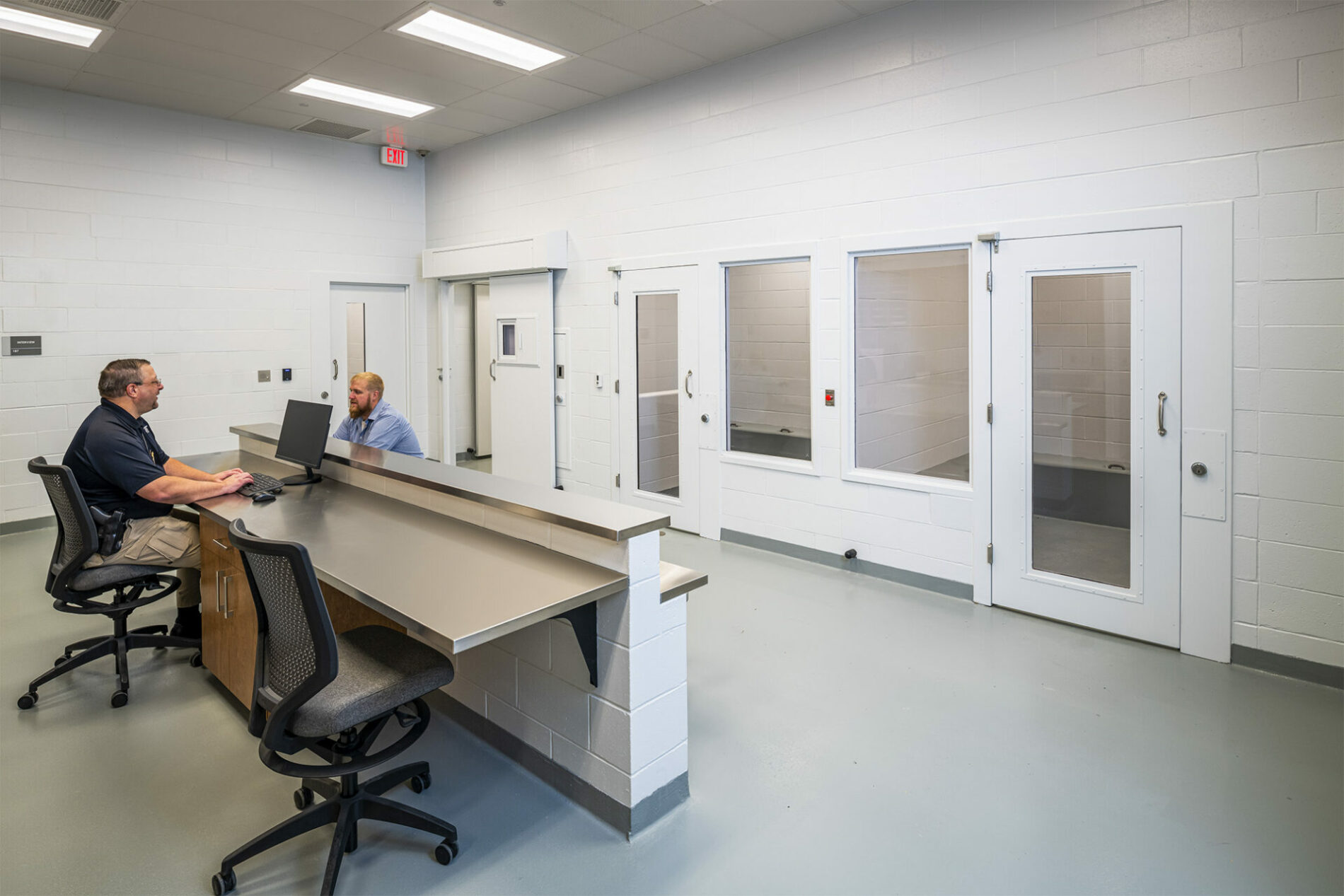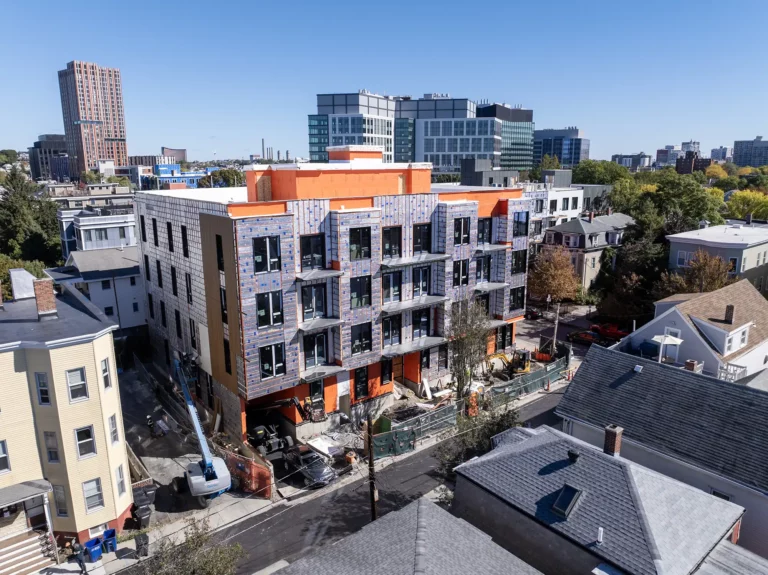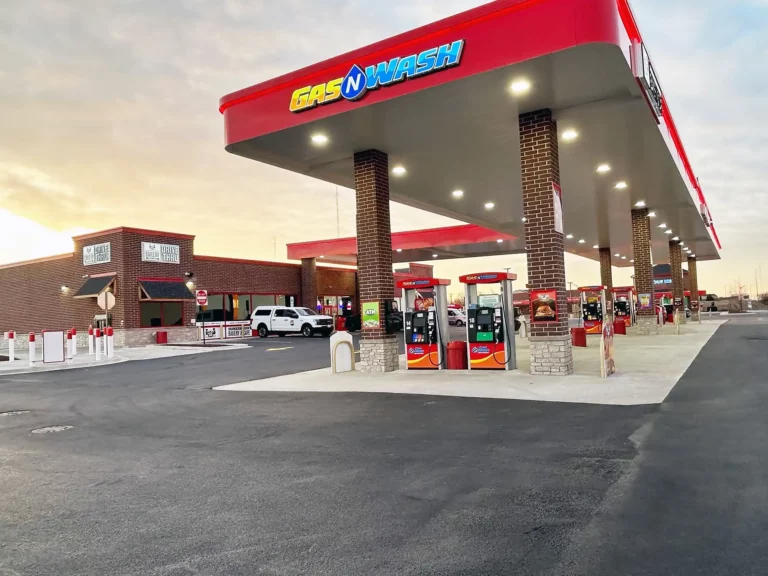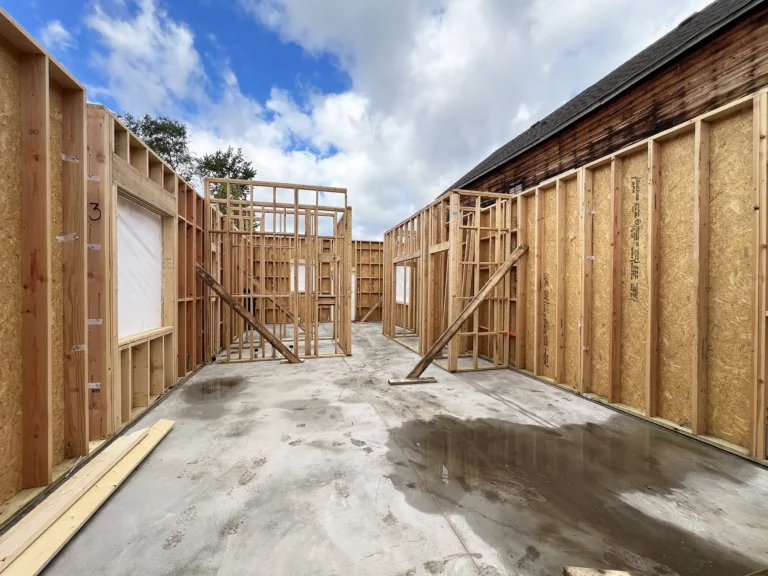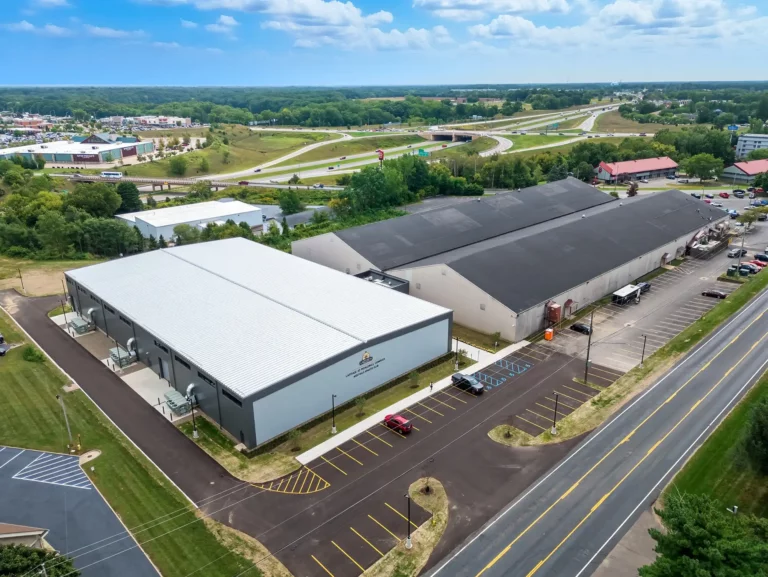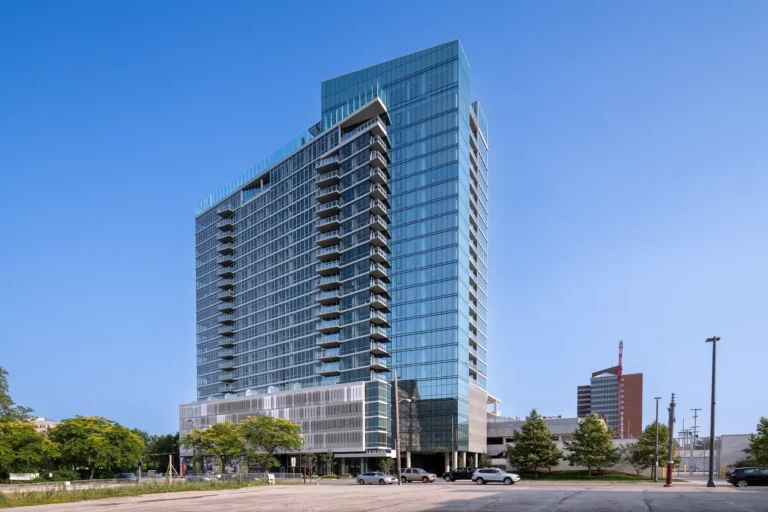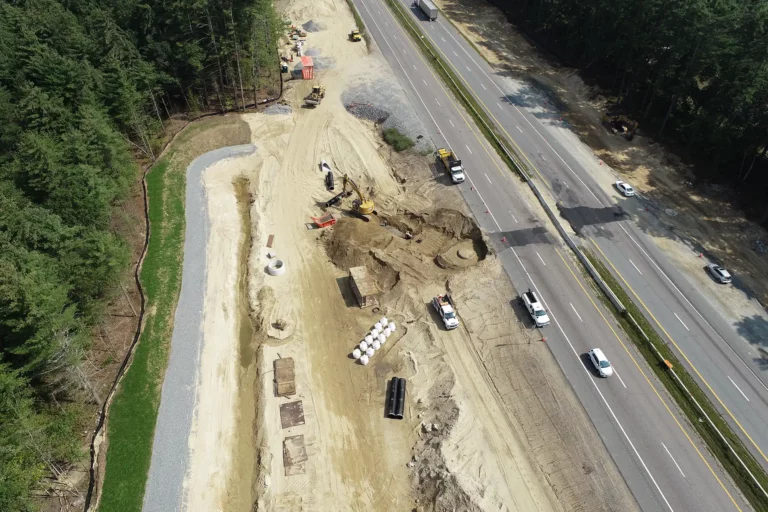When Dominick Camosy came to the United States in 1910, he was a carpenter by trade, kickstarting his career in the niche art of making pool cues. This marks the beginning of the Camosy Construction story, told today by Dominick’s Grandson and current Owner, John Camosy. So, how does a young pool cue maker become the legacy of a company that is now in its eleventh decade, each more successful than the last? “Relatively quickly after he arrived in the United States, my grandfather started building homes,” says John. “His first real business was in Kenosha Wisconsin as a home builder. My father was in college in the University of Wisconsin getting an engineering degree when his dad, my grandfather, fell ill. He never finished his senior year and instead came back to help him and then eventually take over the company. I think he was in his 80s when he finally went back to finish up and get his engineering degree. My dad ran the company for many years, until my brother Raymond took over as president in 1986 through 2007, and then I took over in 2007.”

Family owned since 1910 and now in its fourth generation, Camosy Construction is a mid-sized general contractor and construction management company. For most of its life, Camosy Construction has operated as a traditional general contractor, competitively bidding and working for private clients. Today, after a steady uptick decade on decade, revenue generation stands at around seventy million a year, with twenty-five employees in-office and fifty to one-hundred in the field depending on the time of year. “I like to say we are not just a paper pusher, a construction manager or general contractor,” says John. “We do our own work, so that’s concrete, masonry, carpentry and demolition, in the most traditional sense of what a construction firm does.”
Niche was always the way for Camosy Construction whose founding roots are in pool cues, and who today has found its niche in the municipal market, and more specifically police, law enforcement and fire. “In the early 2000s we made a conscious decision to try go into the construction management market and really attack the municipal sector,” says John. “And so that’s what we did. We made a big effort and we’ve been really successful, especially in the police and fire realm of that market.” Though the municipal market serves Camosy well as a niche within which to specialize, it is not the company’s only market. When Camosy Construction puts its mind to something, it goes all in. This was the case in the early 2000s when they decided to get into construction management and target the municipal sector, and it is the case today as they venture into the food manufacturing market. “We have started to target the food manufacturing market, so bread makers, chocolate makers, all those kinds of facilities, and that’s proven successful. If you haven’t done food manufacturing before, the next food manufacturer doesn’t want you. Eventually you get one big client and then it turns into two and then it turns into three. That’s how we get our niche.”
Camosy Construction’s portfolio is categorized into a Special Projects Division which covers specialized projects with values under a million, and a Major Projects Division which covers large-scale, high value projects. “We were recently rewarded for an €63 million police station in Schaumburg,” John says, encapsulating the pinnacle of the major projects division along with the growth of the police sector. Continued growth is on the horizon for Camosy Construction as it always has been, but it will come slow and steady rather than hard and fast. “We’re looking to grow but at a moderate, sustained rate. We’re not about hiring a bunch of young guys out of college and then trying to push them into running big projects quickly. That’s just not who we are. So sustained growth is what we’re targeting, and we’ve added market segments as it makes sense too. Our food manufacturing group is starting to get bigger and bigger, and we’re going to try put more resources into that, but police and fire is really where we are the industry leader in the north half of Illinois. We targeted that market early and have been very successful, completing seven major police facilities in the last decade, with two more currently in construction and another in the pre-construction phase.”
To accommodate clients who may want a one stop shop, Camosy Construction sometimes partners with local architects and carries out projects under the Design Build method. With an Architect in-house who was once on that side of the aisle, Camosy is uniquely positioned to help clients through the Design Build process which continues to grow in popularity across the field. Another popular approach, and one that also benefits from this in-house architect, is when clients request that Camosy Construction helps them to hire an architect for their projects. “We’ve been doing that too, sending out the RFP to the architects, answering their questions during the RFP process, helping the owners score the RFPs, going to the interviews, and helping the owners understand what they’re buying. The owners make the final decision, but we’re helping them along the way.” While these modern approaches grow in popularity and become new lines of work for Camosy, they do not take the place of the traditional methods that have served the company well. “We do about two thirds of our business in the construction management market and about one third in Design-Bid-Build,” says John. “We don’t really want to get out of the competitive General Contracting market. For us to be successful as a Construction Manager, we have to be successful as a General Contractor too. We want to be competitive; we want to be the low bidder when we can be.”
Another of Camosy Construction’s services is one that came about organically through operating as a Construction Manager and off the back off the trusted reputation it has built over the years. “We do cost consulting for architects who want to have some idea what a job’s going to cost before it goes out for competitive bid. They hire us as a CM and then, realizing the value of our pre-construction services, they hire us to do some initial budgeting for them. There are some clients, especially in Wisconsin, who don’t really understand the CM process. This is particularly true of municipal clients, so a lot of them go with the competitively bid route and the architects would like us to help them up front with what they can tell the owner to expect for a budget. It’s nice to have that reputation that our budgets and cost estimates are reliable.”
The team at Camosy has been through decades of industry changes, gathering valuable experience along the way and applying it to new projects. As such, the challenge when it comes to recruitment is not so much labor as it is skilled labor. “Our project managers, our estimators, myself, we all have 30 years in the industry. There’s nothing we can’t estimate or build. But the downside is a lot of people are close to retirement age, so we have to replace them. We’re a union company, so in some ways the unions help recruit people and train them through the apprenticeship program and that’s good. But we need superintendents and foremen, so we do our own recruiting for those positions. The challenge is going out, recruiting good people and training them. That’s a big part of what I do now, and that’s true of the field too.” Reflecting on this particular challenge, John circles back to the need for controlled growth, or as he puts it, “not trying to explode in growth when what you really want to do is replace your good people with more good people. Sustained, moderate, continual growth is what we’re looking for. The owner of the company is involved in all our big projects and that’s got to stay that way. When there’s growth for the sake of growth, you start to lose focus. It’s more important for us to build relationships. For example, you do a good job for a police chief, and he likes his building and the experience, then all the chief’s get together and go to each other’s new facilities. When it comes time for their upgrade, they ask who designed it, who built it? Doing a good job is important because without that, they won’t hire you again and the next chief won’t hire you in the first place. Putting people just out of college into important positions doesn’t work. Growth is great, but we need to do it smartly.”
“Sustained, moderate, continual growth is what we’re looking for.”
Between its niche segments of the municipal market and the ongoing acceleration of its food manufacturing business, Camosy Construction is busy at work with no signs of slowing down. “We have two police stations in construction right now,” says John. “Des Plaines which was competitively bid and is due to finish in December, and Lake in the Hills which was a construction management delivery method and just got started. But the big one to talk about is Schaumburg. We’re looking at a seventy-million-dollar police facility and then a fifty-million-dollar village hall for the same owner. They’re going to run consecutively, so it’s great for us that we have three to four years’ worth of work, plus we another huge police station to add to our backlog It’s fairly unusual to see them that big, but they’re getting specialized and the components are unique and specialized too. It’s a niche market. Firing ranges, Faraday Labs, unique features that most contractors don’t see, we do those kinds of things. We also have some fire facility work going on right now, including a station for Hoffman Estates which is just starting the last phase of pre-construction and will hopefully get underway this fall.”
Camosy Construction is focused on a future of industry success through sustained growth in its carefully-selected new markets, as well as safeguarding and accelerating its well-established ones. “We don’t want to do everything and we’re relatively selective about the projects we go after,” John says. “We want to continue to be the leader in the police and fire segment.” With municipal projects growing in frequency, scale, and complexity, it is Camosy Construction, backed by four generations of specialized industry experience, who leads the way.









